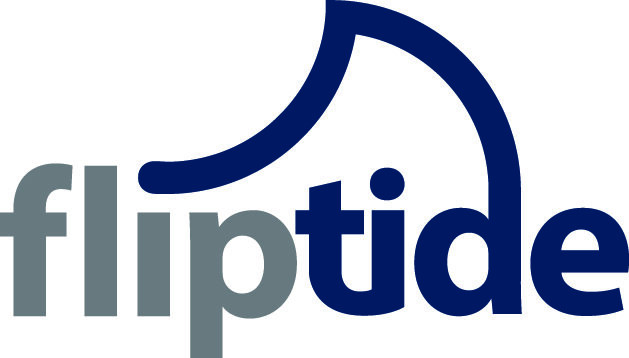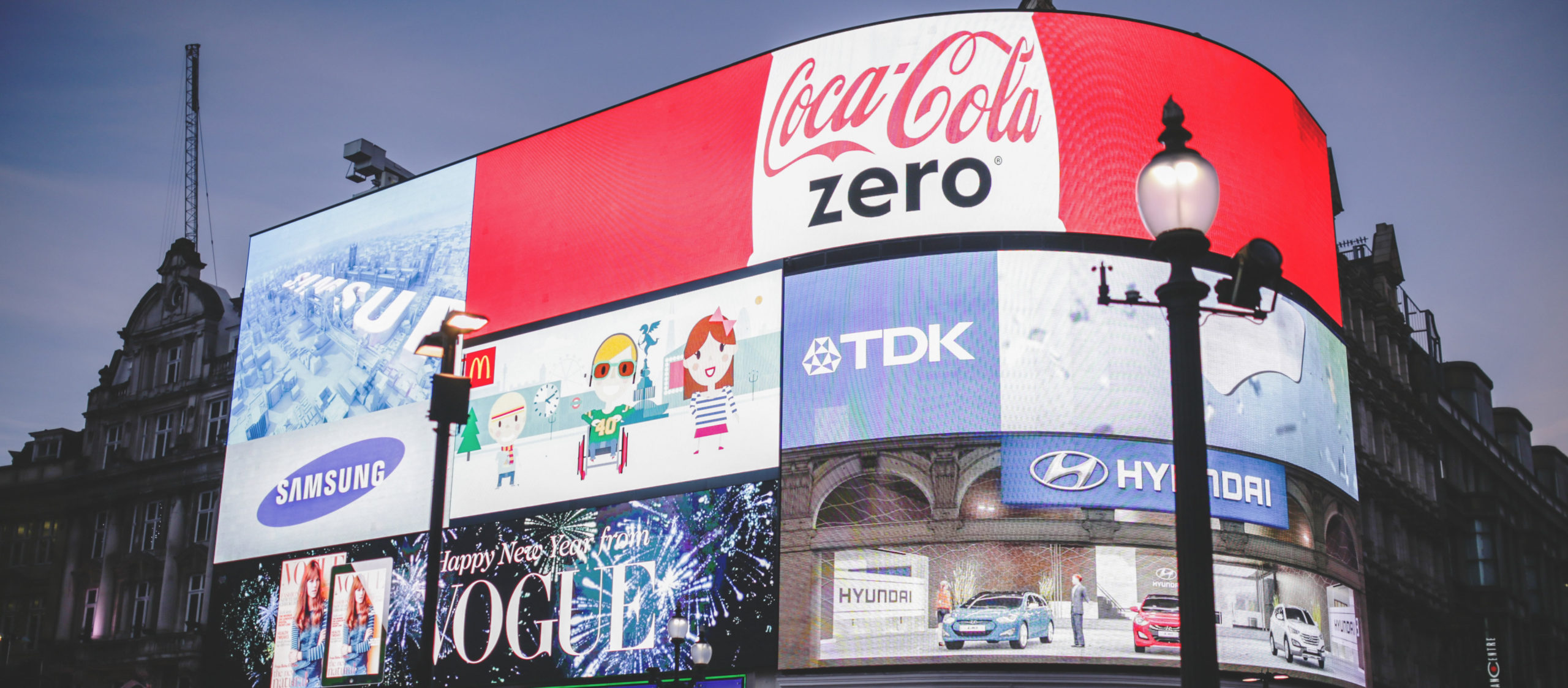Do you run digital advertising campaigns and wonder if you’re getting a good return on your investment? I’m going to explain how you can determine the minimum amount of revenue you need to break even and how your profit is impacted each step along the way.
ROAS
First, let’s start with a basic formula to measure your advertising effectiveness. Return on Ad Spend (ROAS) tells you how much revenue you generate for every dollar you spend on advertising. It is calculated as Revenue Generated from Ads / Cost of Advertising = ROAS. So for example, if you earned $500 from $100 in advertising your ROAS would be five.
Minimum ROAS
ROAS is a good starting point but it doesn’t tell you how much profit you are generating through your ads. In order to do this, you need to factor in all the costs associated with producing whatever it is you are selling.
For example, one of my clients sells framed New Yorker cartoon prints with the following sale price, costs, and profit.
Sale Price: $150
Costs: $100
- Printing costs: $50
- Artist fee: $50
Profit Per Sale: $50
To figure out the minimum ROAS you need to break even with your advertising campaign you divide the sale price by the profit per sale. So in this example your minimum ROAS = 3 (150/50 = 3). So in plain English, this means if you spend $50 in advertising you need to generate three times as much in revenue – $150 just to get back the money you spent on ads.
Understanding How ROAS Impacts Profit
Now that you know your minimum ROAS, how is profit impacted when your ROAS goes above this amount? Let’s see.
What if you have the same profit per sale but instead of needing to spend $50 to generate each sale you only need to spend $37.50. In this situation, your ROAS rises to 4 (150/37.50 = 4) and you make $12.50 on each sale ($50 in profit per sale minus your advertising cost of $37.50 = $12.50).
Taking this one step further, if you only need to spend $30 per sale on advertising, your ROAS rises to 5 (150/30 = 5) and you make $20 on each sale ($50 in profit per sale minus your advertising cost of $30 = $20).
See how this helps you clearly understand the effectiveness of your advertising?
Lowering Costs
You’ve probably figured out by now that the profitability of your advertising campaign is the relationship between your profit per sale and your advertising costs. In the examples above, we improved our profitability by lowering our ad costs. But you can also improve profitability by reducing your costs. In the example below, we have cut the artist fee in half which increases our profit per sale.
Sale Price: $150
Costs: $75
- Printing costs: $50
- Artist fee: $25
Profit Per Sale: $75.
Let’s see how this impacts our profitability as it relates to advertising. First, our break-even point goes down from a minimum ROAS of 3 previously to 2 now ($150 sale price / $75 profit per sale = 2). If we spend the same $50 on advertising to generate one sale (ROAS = 3), we earn a profit of $25 on each sale through advertising ($75 in profit per sale minus your advertising cost of $50 = $25). Things just got a whole lot easier by lowering your costs.
A Final Note
By understanding the relationship between revenue, costs and ad spend you can determine in advance what you need to achieve for your advertising campaign to be profitable. It’s not enough to make more money than you spend when it comes to advertising. Factoring in your fixed costs is essential.

